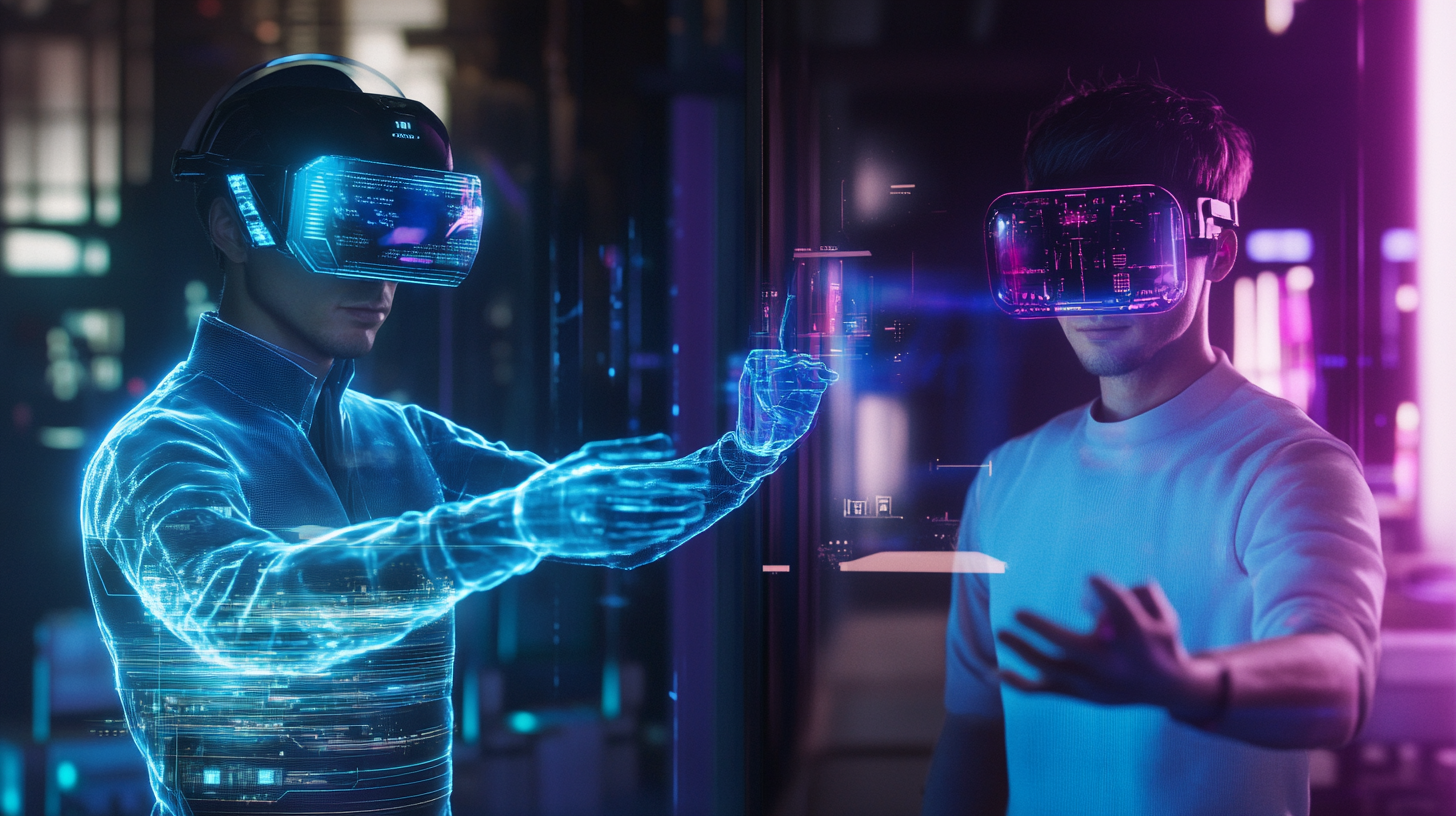Published on: January 10, 2025 / Update from: January 10, 2025 - Author: Konrad Wolfenstein
AI agent vs. AI assistant: The crucial differences everyone should know
Understanding instead of confusing: Who offers more, the AI agent or the AI assistant?
With the increasing spread of artificial intelligence (AI) and its integration into everyday life, more and more people are asking themselves what exactly the differences are between an AI agent and an AI assistant like the one from Google. Although both technologies are designed to support people, they differ fundamentally in their functionality, autonomy and scope of application.
Definition and basic principles
AI assistant
An AI assistant, such as Google Assistant, Alexa or Siri, is primarily designed to act as an interactive interface between humans and technology. These systems are based on reactive intelligence, meaning they wait for human input to take action. Your main responsibilities include:
- Providing information: Answering questions by retrieving information from the Internet.
- Organization: Scheduling appointments, creating reminders, and keeping to-do lists.
- Voice-activated control: Control smart home devices or launch applications.
- Interaction: Communication occurs primarily through voice or text.
The focus here is on support and comfort, with the human user always remaining in control.
AI agent
An AI agent, on the other hand, is a much more autonomous system. It is designed to pursue goals and make decisions independently without requiring continuous input or instructions from a user. Key features of an AI agent include:
- Autonomy: He can plan, prioritize and carry out tasks independently.
- Proactivity: AI agents act on their own initiative, for example by recognizing patterns and deriving measures from them.
- Integration: They interact with different systems, platforms or data sources to complete their tasks efficiently.
- Decision Making: You are able to make complex decisions based on algorithms and machine learning.
An example would be an autonomous trading agent capable of analyzing market trends, making trading decisions and executing transactions independently.
Comparison of the main differences
1. Degree of autonomy
Perhaps the biggest difference between an AI assistant and an AI agent is autonomy:
- AI assistant: Reactive, waits for human commands. Without user interaction, the assistant remains inactive.
- AI agent: Acts independently and requires minimal or no human intervention.
2. Complexity of tasks
- AI Assistant: Handles simple, often day-long tasks like getting weather information or setting an alarm.
- AI agent: Can control complex, multi-step processes, such as planning and optimizing a supply chain or automating financial analysis.
3. Interaction with the user
- AI assistant: Mainly designed for direct interactions with the user.
- AI Agent: Often works in the background and only informs the user when necessary or when decisions require confirmation.
4. Decision making
- AI Assistant: Providing information to support human decisions.
- AI Agent: Ability to make and execute decisions independently.
Technological developments and the transition between assistant and agent
Technological development in AI shows a clear trend towards systems that can make increasingly autonomous decisions and perform more complex tasks. Google's latest project “Mariner” with the Gemini 2.0 platform is an excellent example of this transition.
Suitable for:
Gemini 2.0 combines the reactive capabilities of a classic AI assistant with the autonomy of an AI agent. A notable feature is the ability to independently undertake tasks such as planning online purchases. The system can place goods in a shopping cart and prepare for an order, obtaining final confirmation from the user.
This development clearly shows that the boundaries between assistant and agent are blurring. It is a gradual process in which technologies become more autonomous while the human user remains the final authority.
Possible uses of AI assistants and agents
AI assistants in everyday life
AI assistants are primarily used in everyday situations. Examples of this are:
- Smart Homes: Control of lighting, heating and security systems.
- Productivity: Organize appointments, reminders and meetings.
- Entertainment: Play music, answer quizzes, or recommend movies.
- Communication: Write messages or calls using voice commands.
AI agents in specialized areas
AI agents are more likely to be used in professional and complex environments where autonomous decision-making and increased efficiency are required. Examples are:
- Finance: analysis of market data, automated trading or fraud detection.
- Industry and logistics: optimization of supply chains, inventory management or predictive maintenance.
- Healthcare: diagnostic support, personalized therapy plans or medical data management.
- Customer support: Autonomous chatbots that answer standard queries and solve problems.
Suitable for:
The further development of AI agents and assistants also brings challenges
1. Autonomy and responsibility
The more autonomous a system operates, the more difficult it becomes to assign responsibilities. For example, who is liable if an AI agent makes a wrong decision?
2. Data security
Both AI assistants and agents access large amounts of sensitive data. Protecting this data is essential to prevent misuse or unauthorized access.
3. Transparency
It must be clear to the user how an AI comes to its decisions. It is particularly important for autonomous agents to create comprehensible decision-making processes.
4. Dependence on technology
The increasing use of AI can lead to over-dependence. It is important to preserve the role of humans as a control authority.
AI – The smooth transition
The boundaries between AI assistants and AI agents are increasingly blurred. While assistants are designed to support people in simple tasks, agents are characterized by their autonomy and versatility. Projects such as “Mariner” and Gemini 2.0 show that the future of the AI is in hybrid systems that combine both approaches.
For the next stage of development, it is crucial to master the balancing act between autonomy and human control. This is the only way to ensure that these technologies not only remain efficient and helpful, but also secure and trustworthy.
Suitable for:


